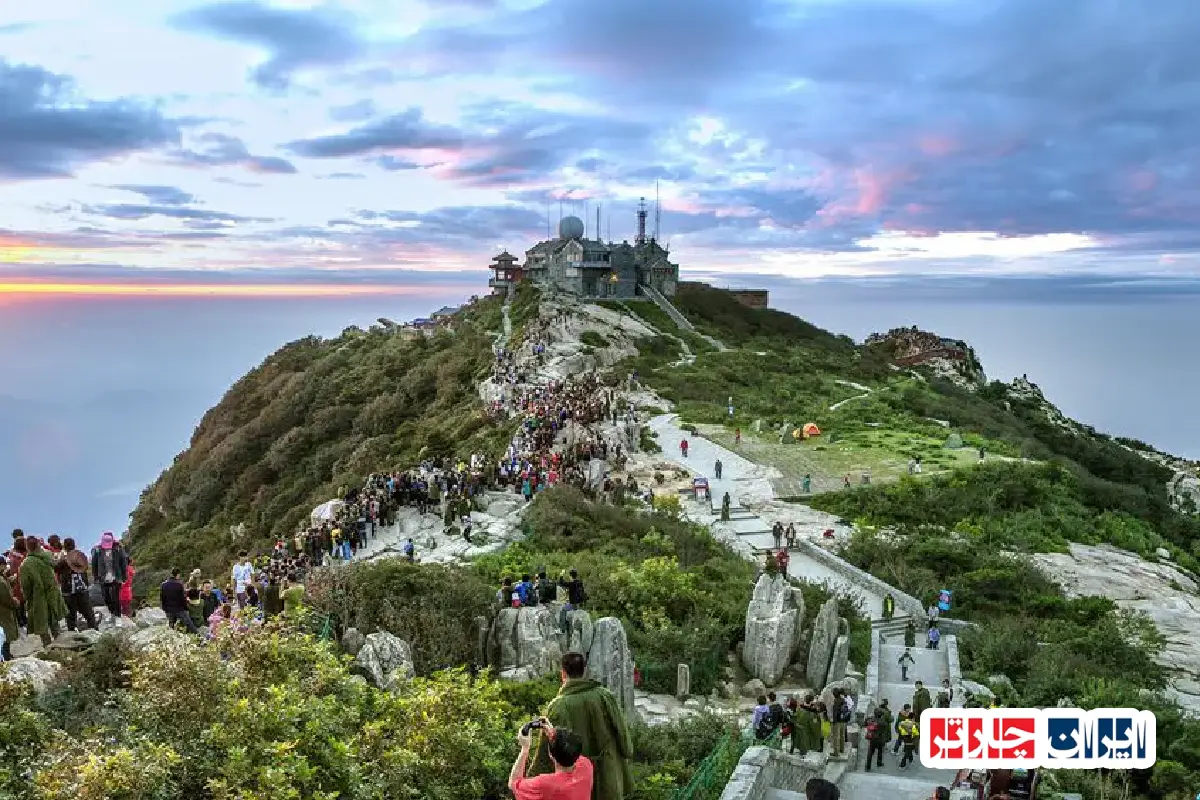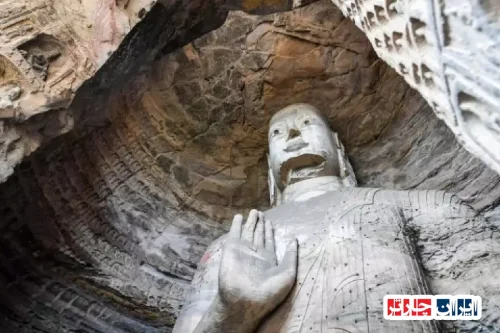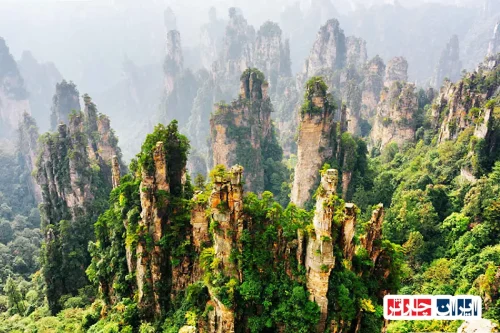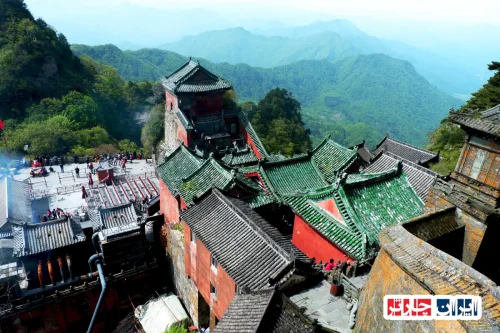Discover the Majestic Mount Tai in Shandong Province, China: An Icon of History and Culture
Mount Tai, located in Shandong Province, China, stands as a symbol of ancient Chinese civilization, spiritual heritage, and breathtaking natural beauty. As one of the Five Great Mountains of China, it has attracted pilgrims, explorers, and travelers for thousands of years. The mountain’s rich history dates back over three thousand years, serving as a sacred site for emperors and religious ceremonies. Its majestic peaks, historic temples, and scenic trails offer visitors a unique blend of cultural significance and natural splendor. Whether you are seeking spiritual enlightenment, cultural immersion, or adventure, Mount Tai in Shandong Province, China, provides an unforgettable experience that embodies the essence of Chinese heritage and natural grandeur. Explore the ancient paths leading to the summit, admire the exquisite architecture of its temples, and immerse yourself in the legends and stories that have shaped this iconic mountain over centuries.
For more information about Mount Tai in Shandong Province, China, visit Mount Tai-Iran Charter. Discover the beauty and history of this remarkable site and plan your journey to one of China’s most revered landmarks. Whether you’re interested in hiking, cultural tours, or spiritual retreats, Mount Tai offers a diverse range of experiences that highlight its importance in Chinese history and culture. Don’t miss the opportunity to witness the awe-inspiring vistas and explore the ancient relics that make Mount Tai a must-visit destination in Shandong Province, China.
Discovering Mount Tai in Shandong Province, China: An Iconic Cultural and Historical Landmark
Mount Tai, located in Shandong Province, China, stands as one of the most revered sacred mountains in East Asia. With a history spanning over three thousand years, it embodies the spiritual, cultural, and historical essence of China. This majestic peak has been a site of worship for emperors, scholars, and pilgrims alike, symbolizing the unity of nature and human devotion. Its significance extends beyond its natural beauty, representing a cornerstone of Chinese civilization and spiritual heritage.
Unique Routes to Ascend Mount Tai and Unforgettable Travel Experiences
Climbing Mount Tai offers an extraordinary journey through history and nature. Various pathways, from ancient stone steps to modern cable cars, cater to different travelers’ preferences. The traditional pilgrimage routes, such as the famous “Climbing the South Peak,” provide a profound connection to Chinese cultural traditions. Along the ascent, visitors encounter scenic vistas, historic inscriptions, and sacred temples, transforming the climb into a spiritual pilgrimage. Whether hiking or taking the cable car, each route offers a unique perspective on the mountain’s grandeur and cultural significance.
Temples and Historical Sites of Mount Tai: Treasures of Culture and Spirituality
Mount Tai is dotted with numerous temples, pavilions, and ancient inscriptions that reflect its religious and cultural importance. The Dai Temple, the most prominent religious complex on the mountain, has been a center of worship for centuries. Its exquisite architecture, ancient stone carvings, and sacred relics tell stories of imperial ceremonies and spiritual devotion. These sites serve as vital links to China’s rich religious history, offering visitors insights into traditional Chinese beliefs and practices. Preserving these monuments is essential for maintaining the spiritual legacy of Mount Tai.
Geography and Natural Environment of Mount Tai: From Geological Formations to Diverse Flora
Rising over 1,500 meters, Mount Tai features a complex geological structure composed of ancient granite and sedimentary rocks. Its diverse terrain includes steep cliffs, lush forests, and expansive plateaus. The mountain’s rich biodiversity encompasses rare plant species, medicinal herbs, and a variety of wildlife, making it a vital ecological habitat. The natural landscape provides a stunning backdrop for cultural sites, blending geological wonder with spiritual serenity. Conservation efforts are crucial to protect this unique environment for future generations.
Ancient Rituals and Ceremonies at Mount Tai: Connecting to Chinese Heritage
Throughout history, Mount Tai has been a focal point for imperial rituals and religious ceremonies. Emperors from various dynasties conducted rites to seek divine favor, often ascending the mountain to perform sacrifices and prayers. These ceremonies symbolized the Mandate of Heaven and reinforced the emperor’s divine authority. Today, traditional rituals and cultural festivals continue to be held, allowing visitors to experience living traditions that have persisted for millennia. These practices highlight Mount Tai’s enduring role as a spiritual nexus in Chinese culture.
Mythology and Legends Surrounding Mount Tai: Tales of Power and Sacredness
Mount Tai is woven into Chinese mythology, with legends depicting gods, immortals, and legendary emperors residing on its peaks. Stories speak of celestial beings blessing the mountain, and of emperors who achieved immortality through their pilgrimage. These myths emphasize the mountain’s divine status and its role as a bridge between heaven and earth. Such tales have inspired countless poets, artists, and pilgrims, enriching Mount Tai’s cultural tapestry and reinforcing its sacred reputation across centuries.
Natural Attractions and Unique Rock Formations of Mount Tai
The mountain’s distinctive rock formations, such as the famous “Cloud Terrace” and “Dragon’s Head,” captivate visitors with their natural artistry. These geological features, shaped by millennia of erosion and tectonic activity, create awe-inspiring landscapes. Scenic spots like the “Sunrise Peak” and “Lotus Peak” offer panoramic views and photo opportunities. Preserving these natural wonders is vital for ecological balance and tourism, ensuring that future generations can marvel at Mount Tai’s geological marvels and natural beauty.
Mount Tai’s Influence on Chinese Art, Literature, and Spirit
Throughout Chinese history, Mount Tai has served as a muse for countless poets, painters, and writers. Its majestic scenery and spiritual aura have inspired masterpieces that depict its grandeur and divine essence. Poems celebrating its peaks and legends have become classics, symbolizing resilience and reverence. The mountain’s cultural influence extends into traditional Chinese philosophy, emphasizing harmony between humans and nature. Maintaining this artistic and spiritual legacy is essential for preserving China’s rich cultural identity.
Best Seasons and Travel Tips for Visiting Mount Tai
The most favorable times to visit Mount Tai are spring and autumn, when the weather is mild and the scenery is vibrant with blooming flowers or colorful foliage. Summer offers lush greenery, but visitors should be prepared for higher temperatures. Winter transforms the mountain into a snowy wonderland, providing a serene atmosphere for those equipped for cold weather. To ensure a safe and enjoyable trip, plan ahead by checking weather conditions, wearing appropriate clothing, and choosing suitable routes. Guided tours and local facilities can enhance the experience, making your pilgrimage both memorable and comfortable.

Frequently Asked Questions about Mount Tai
What is the historical and cultural significance of Mount Tai?
Mount Tai is a vital symbol of Chinese culture and history, revered and worshipped for over 3,000 years. It has been the site of ancient ceremonies, imperial rituals, and religious worship, playing a crucial role in the development of Chinese art, literature, and religious beliefs.
What are the unique natural and geographical features of Mount Tai?
Mount Tai is a majestic and historic mountain located in Shandong Province. Its highest peak, the Jade Emperor Peak, stands at approximately 1,545 meters (5,069 feet) and is situated in an area with breathtaking natural scenery and rich vegetation. This mountain is an outstanding example of geological and ecological structures.
Why is Mount Tai recognized as one of the Five Sacred Mountains of China?
Mount Tai is recognized as one of the Five Sacred Mountains due to its age, religious and cultural importance, and influence on Chinese art and philosophy. This mountain symbolizes the connection between heaven and earth and has been the site of official ceremonies and imperial religious rituals.
What are the most important historical and cultural relics on Mount Tai?
Mount Tai boasts over 1,800 stone tablets, 22 historic temples, and several cultural and religious structures. Among the most important are the Temple of the God of Mount Tai, ancient halls, inscriptions from various dynasties, and ancient trees, each reflecting the rich history and cultural heritage of the region.
How can one reach the summit of Mount Tai?
Visitors can reach the summit by hiking along historical trails or by taking a cable car. The hiking routes include approximately 6,600 stone steps that wind through natural landscapes, offering a spiritual and cultural experience. Modern transportation facilities and easier paths are also available for visitors.
Is Mount Tai a UNESCO World Heritage site?
Yes, Mount Tai was inscribed as a UNESCO World Heritage site in 1987. This designation highlights the unique cultural, historical, and natural values of the area and ensures its preservation.
What rituals and ceremonies are held on Mount Tai?
Throughout history, numerous religious ceremonies and imperial rituals have been held on Mount Tai. These ceremonies included sacrifices, prayers, and sacred rites to honor heaven and earth. Today, cultural and tourist events are also held in the area, introducing visitors to China’s ancient history and beliefs.
During which historical periods did Chinese emperors visit Mount Tai?
Emperors from various dynasties, including the Han, Tang, and Song dynasties, traveled to Mount Tai for official ceremonies and religious rituals, performing sacred rites there. These journeys symbolized reverence and a connection with heaven and earth, playing a crucial role in consolidating imperial power and legitimacy.
What types of plants and trees are found around Mount Tai?
Around Mount Tai, diverse species of ancient plants and trees can be found, such as Han Dynasty cedars, centuries-old pines, and medicinal herbs. These trees not only have ecological value but also serve as cultural and historical symbols of the region.
Does Mount Tai play a role in tourism development?
Yes, Mount Tai is one of China’s primary tourist destinations, attracting millions of domestic and international visitors each year. Its amenities, hiking trails, and abundant historical relics have made it one of the most important cultural and natural tourism centers.
What conservation and management efforts are undertaken to preserve Mount Tai?
The preservation of Mount Tai’s cultural and natural heritage is the responsibility of local and national organizations. Strict regulations to prevent damage to historical sites, management of tourist traffic, and sustainable development programs are among the measures taken to protect this heritage.

























